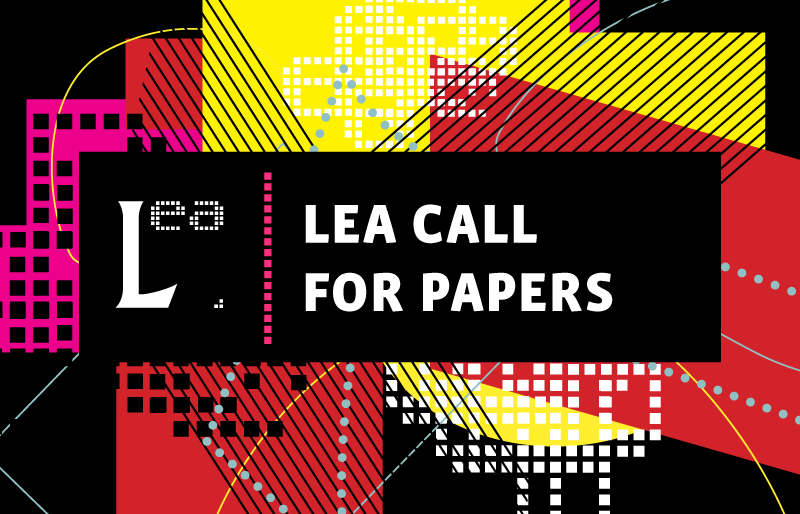
Live Visuals for Performance, Gaming, Installation, and Electronic Environments, Leonardo Electronic Almanac
Key advancements in real-time graphics and video processing over the past five years have resulted in broad implications for a number of academic, research and commercial communities. They enabled interaction designers, live visualists (VJs), game programmers, and information architects to utilize the power of advanced digital technologies to model, render and effect visual information in real-time.
Real-time visuals have a profoundly different quality and therefore distinct requirements from linear visual forms such as narrative film. The use of visual elements in a live or non-linear context requires a consideration of insights and techniques from other “non-visual” practices such as music performance or human-computer interaction. The issue will be organised under the general rubric of knowledge-sharing between disparate research bodies and disciplines. This will allow for distinct and dispersed groups to come together in order to exchange information and techniques. A key concern will be to bring a humanistic approach by considering the wider cultural context of these new developments.
The proposed special issue seeks to explore the future of the moving image, simultaneously acknowledging and extending on recent artistic trends and technological developments. The Leonardo Electronic Almanac (LEA) is inviting proposals from computer scientists artists, designers, live visualists and critical theorists interested in real-time visuals for an issue co-edited by Lanfranco Aceti, LEA Editor in Chief, Steve Gibson, Reader in Interactive Media Design at Northumbria University, Newcastle and Stefan Müller Arisona, principal investigator at ETH Zurich‘s Future Cities Laboratory, Singapore.
Possible topics could include, but are not limited to:
1. The future of cinema: Is it live?
2. Gaming and art, how real-time games and art collide.
3. Hardware hacking and physical computing in real-time.
4. Expressive interaction instruments for live visuals.
5. Design methodologies and composition techniques that support live visuals performance.
6. Ethical implications of real-time imaging for art, design and culture.
The Leonardo Electronic Almanac (LEA) will produce an online and Print on Demand issue, as well as host curated images and videos online.
Please send proposals to: info@leoalmanac.org
a) Subject heading: Live Visuals for Performance, Gaming, Installation, and Electronic Environments.
b) 500 hundred word abstract for articles. Deadline: September 1, 2012.
c) Deadline for full papers: November 30, 2012.
d) 2 images at 72 dpi resolution no larger than 800 pixels width for artists.
e) Links to previous work, videos or personal sites.
Our publication formats allow for full-color throughout and we encourage rich pictorial content where relevant and possible. Note however that all material submitted must be copyright cleared (or due diligence must be evidenced). For online publication a wide variety of media content may be considered (animation, mp3, flash, java, etc…)
• For scholarly papers please submit the final paper ready for peer review. Your contribution will be reviewed by at least two members of the LEA board and revisions may be requested subject to review.
• For themed and pictorial essays please submit an abstract or outline for editorial consideration and further discussion.
• Please keep your news, announcements and hyperlinks brief and focused – include contact details and a link to an external site where relevant. We reserve the right to sub-edit your submissions in order to comply with LEA policies and formats. Where material is time-sensitive please include both embargo and expiry dates.
• In all cases specify special system considerations where these are necessary (platform, codecs, plug-ins, etc…).
For further information or image submission contact: Stephen.gibson@northumbria.ac.uk
We look forward to hearing from you!
